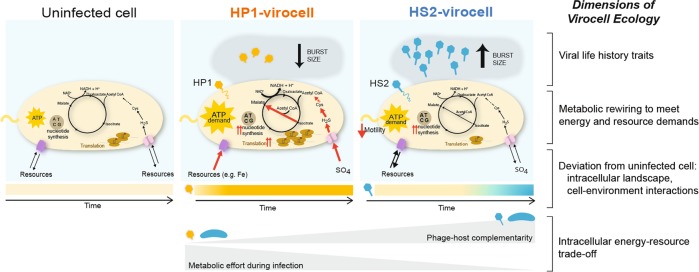Fig. 6. The dimensions of virocell ecology.
Viral life history traits, e.g., burst size, adsorption and infection efficiency, latent period, impact viral fitness. The multi-omics analyses here have enabled the identification of mechanisms underlying these fitness-defining traits. During infection, the virocell undergoes metabolic rewiring to meet energy and resource demands. The greater metabolic effort during infection incurred by the HP1 virocell was evidenced by (i) an immediate, sustained, and more drastic deviation from uninfected cell, as seen in host transcription and protein levels; (ii) fast phage transcription and high accumulation of phage proteins; and (iii) rewiring host central carbon and energy metabolisms to meet the cost of creating more transcripts and proteins. In contrast, little work was invested by the HS2 virocell until past the midpoint of infection. This intracellular impact determines the degree to which the virocell deviates from the uninfected cell through time and, consequently, the environmental footprint of the virocell. We propose that a major determinant of the intracellular battle waged during infection is the phage–host complementarity of biomolecules (nucleotides, amino acids), which underlies an intracellular energy-resource trade-off. Namely, the phage with the highest degree of host complementarity (here, HS2) is able to access and utilize the available resources with minimal energetic effort, while minimizing the intracellular impact on the host and maximizing its fitness.

